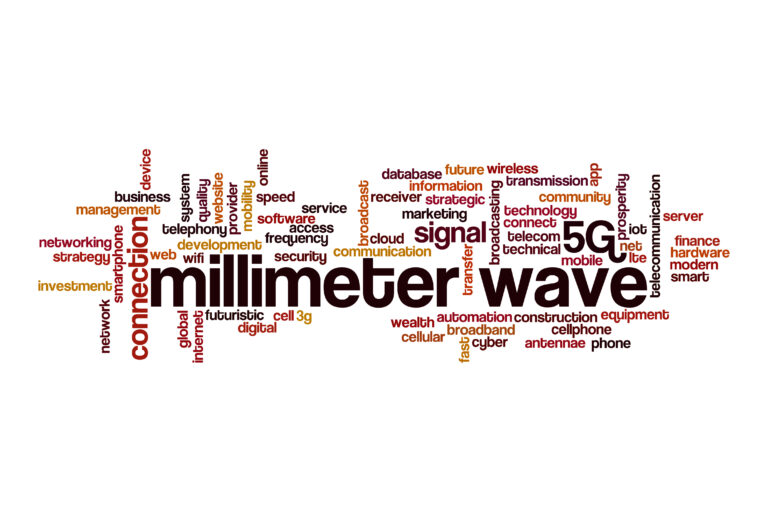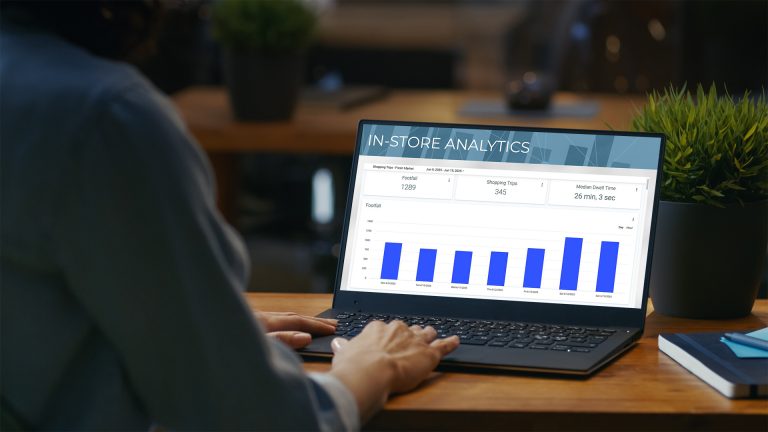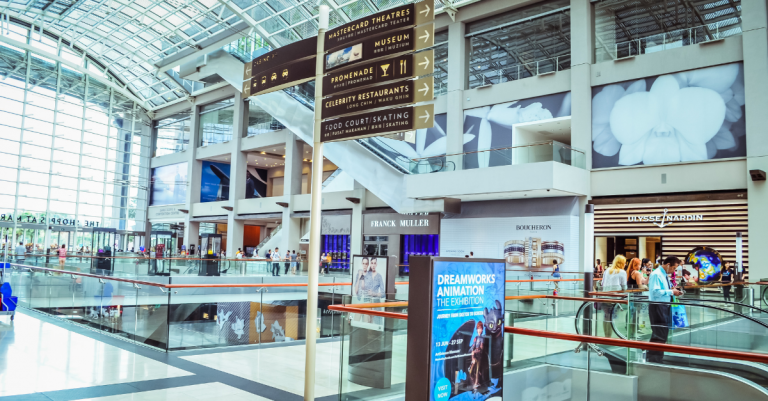Millimeter Wave Technology Explained
Millimeter wave, often referred to as the millimeter band, represents a range of electromagnetic frequencies that sit between microwaves and infrared on the spectrum. Widely recognized for its role in high-speed wireless communications like 5G, this technology offers high bandwidth and rapid data transfer capabilities.
Beyond telecommunications, millimeter wave technology is used in autonomous vehicles, weather analysis and aerospace. Walkbase is on the forefront of applying this innovative technology to retail store environments, transforming how businesses measure in-store behavior with precision and privacy.
Leveraging Millimeter Wave in Retail Environments
Millimeter wave sensors work like radar, by bouncing electromagnetic signals off customers’ bodies to detect position and movement — without capturing identifiable features. Here’s how they can enhance retail operations:
- Ad Impression Measurement: Sensors installed near retail media screens measure key performance indicators such as “opportunity to see” and “likelihood to see” as established by IAB Europe. Know instantly or get deeply detailed reporting on if people are slowing down and stopping to view ads or are quickly passing by. The Walkbase dashboard makes it easy to connect raw data to conversion rates.
- Footfall Tracking: Sensors placed at entrances and exits provide significantly higher accurate occupancy and traffic data compared to traditional methods. Retailers can analyze foot traffic patterns to better understand the customer journey and optimize store layout, product placement and staffing needs.
- Queue Management: At checkout areas, these sensors monitor wait times and help you optimize queue performance. Know if you need to adjust staffing to address growing queues for a better customer experience.
- Merchandising and Layout Optimization: Millimeter wave sensors empower retailers to analyze traffic flow and dwell patterns to test alternative layouts that enhance navigation and reduce congestion. Adjust planograms based on real-world customer behaviors, ensuring that high-demand products are easily accessible and key promotional areas attract maximum attention. With these insights, retailers can make data-driven decisions to drive sales and satisfaction.
Impact on Privacy
One of the most compelling advantages of millimeter wave technology is its privacy-friendly nature. Unlike cameras, these sensors do not collect biometric data or personally identifiable information (PII). Instead, they render unidentifiable shapes or “blobs” of activity. This game-changing approach not only respects customer privacy but also helps retailers comply with changing privacy laws, building trust with their shoppers.
Privacy becomes a significant competitive differentiator as journalists continue to report data breaches that negatively impact consumers. Since millimeter wave sensors do not capture or store PII, they significantly reduce the potential impact of a data breach. Even in the unlikely event of a breach, the data captured remains anonymized, offering greater security and regulatory compliance. This is especially relevant for businesses handling sensitive customer data such as pharmacies and healthcare settings.
Increased Flexibility and Scalability
Millimeter wave sensors offer a level of versatility that many other systems cannot match:
- They can be angled to cover larger areas, unlike ceiling-mounted sensors.
- They perform effectively in various lighting conditions without issues like glare.
- Retailers can easily scale the technology across multiple locations.
Additionally, these sensors can be plugged directly into media players when measuring the impact of retail media screens, reducing costs by eliminating the need for additional cabling or ceiling modifications.
Camera-based systems aren’t nearly as scalable because they require robust data storage and security protocols to prevent breaches. As previously mentioned, hackers targeting PII data collected by cameras could expose retailers to costly data breaches and reputational damage.



